Sell To Your Audience Directly At The Start

One last chapter on sales to help you as you get started with this new approach and framework.
You've done the work to build an audience of people you want to serve with your products and services, and now it's time to sell to them.
Sell directly to your audience at first.
Artists will often look at different platforms like Amazon, Apple Music or Spotify, or others to sell their products, or Product Hunt or other directories to launch their businesses.
While these platforms can help boost awareness and get more people into your world, they rarely will give you the desired outcomes of a sustainable business because the people you connect with there aren't yet part of your audience.
They lack the context, so they are even less likely to buy than your existing audience.
And by sending your existing audience over to some platform, you're giving up a ton of the financial upside. The Apple App Store takes 30% of revenue, the Kindle store takes 30-35%, even Kickstarter takes 5%, Patreon at 8%, and who knows with Spotify.
At the beginning, when your audience numbers in the hundreds or even thousands, sell directly to your audience. Send them a link to a sales page that you control, or even just have them send you money directly.
How To Sell Directly To Your Audience
There are two creator-friendly companies that have built tools for creators to sell directly to their audience.
I've used both successfully, I've invested in these companies and have used them since their first year in business.
ConvertKit is a marketing platform for creators. You can build an email list, create and sell products, even set up a tip jar! Their email marketing software is my favorite and what I recommend to every creator that wants to use email as part of their marketing strategy.
I've set up my coaching payments through ConvertKit, as well as a virtual tip jar for my Web 3 for Creators post.
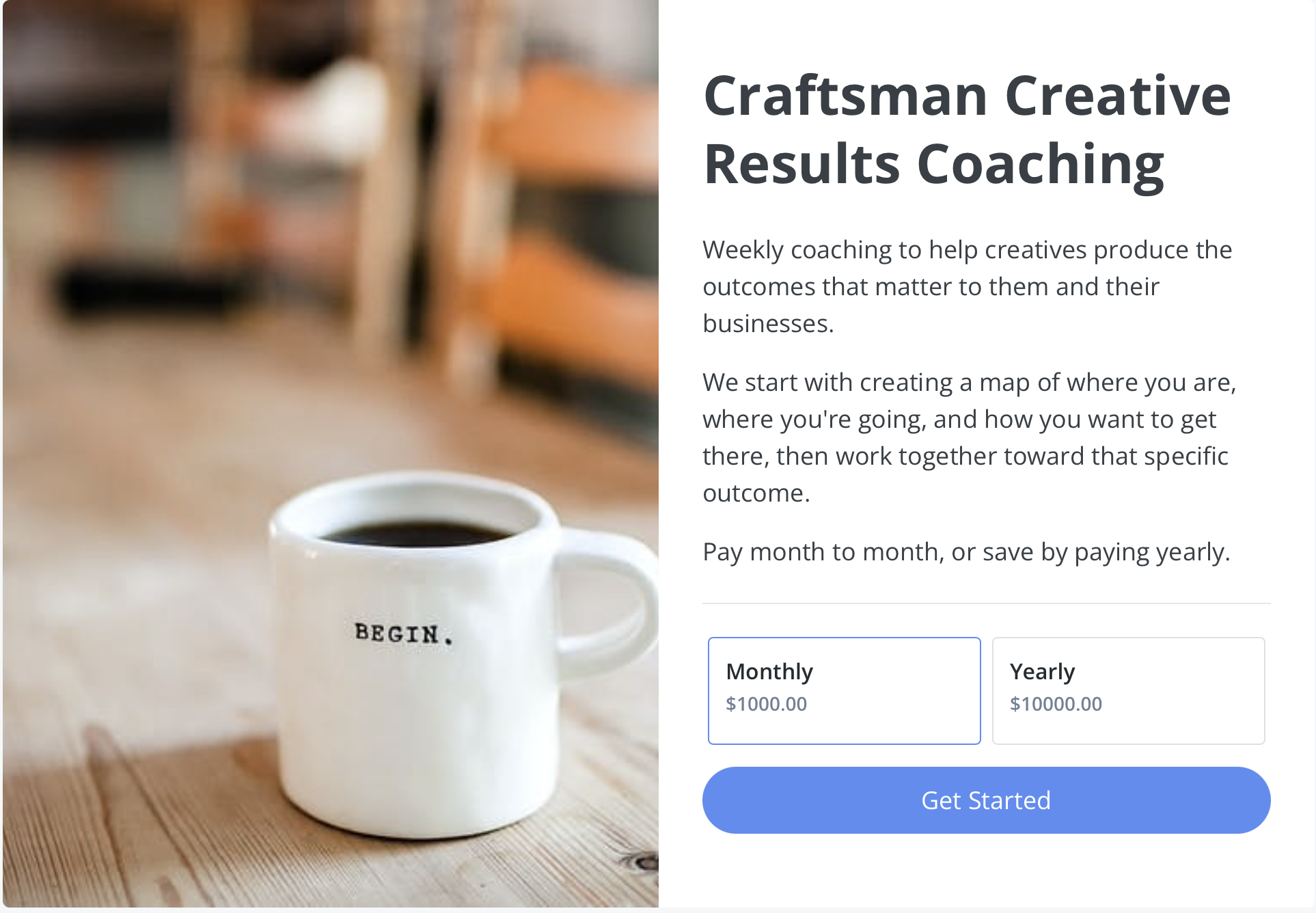
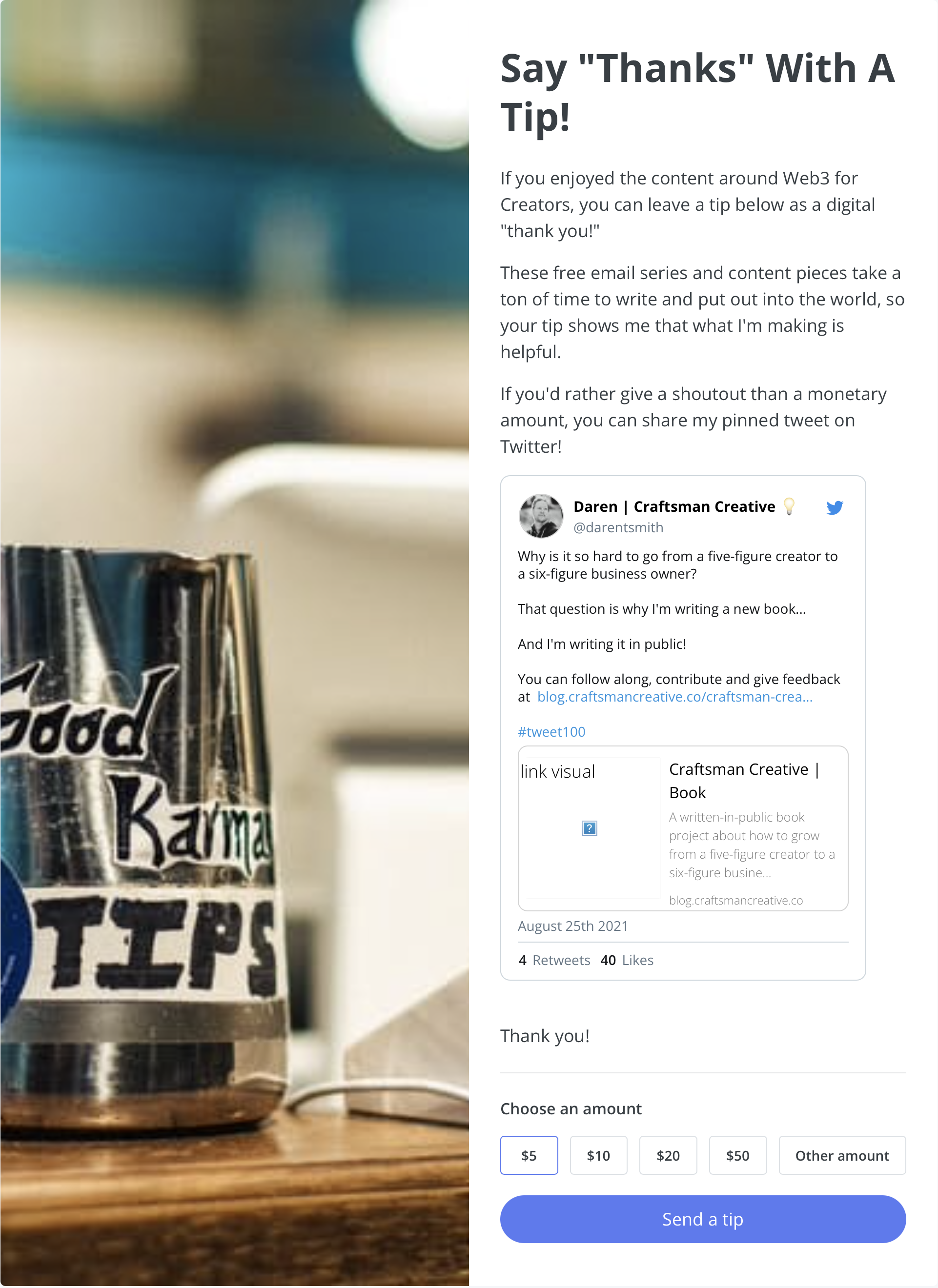
The other platform that I've used successfully is Gumroad.
They are similar to ConvertKit in that they are a marketing and sales platform, but their emphasis is more on the sales side, where ConvertKit's focus is more on the email marketing side.
You can quickly create a product and launch your own sales page inside Gumroad, add affiliate links and payouts, and add multiple price tiers and offer discounts.
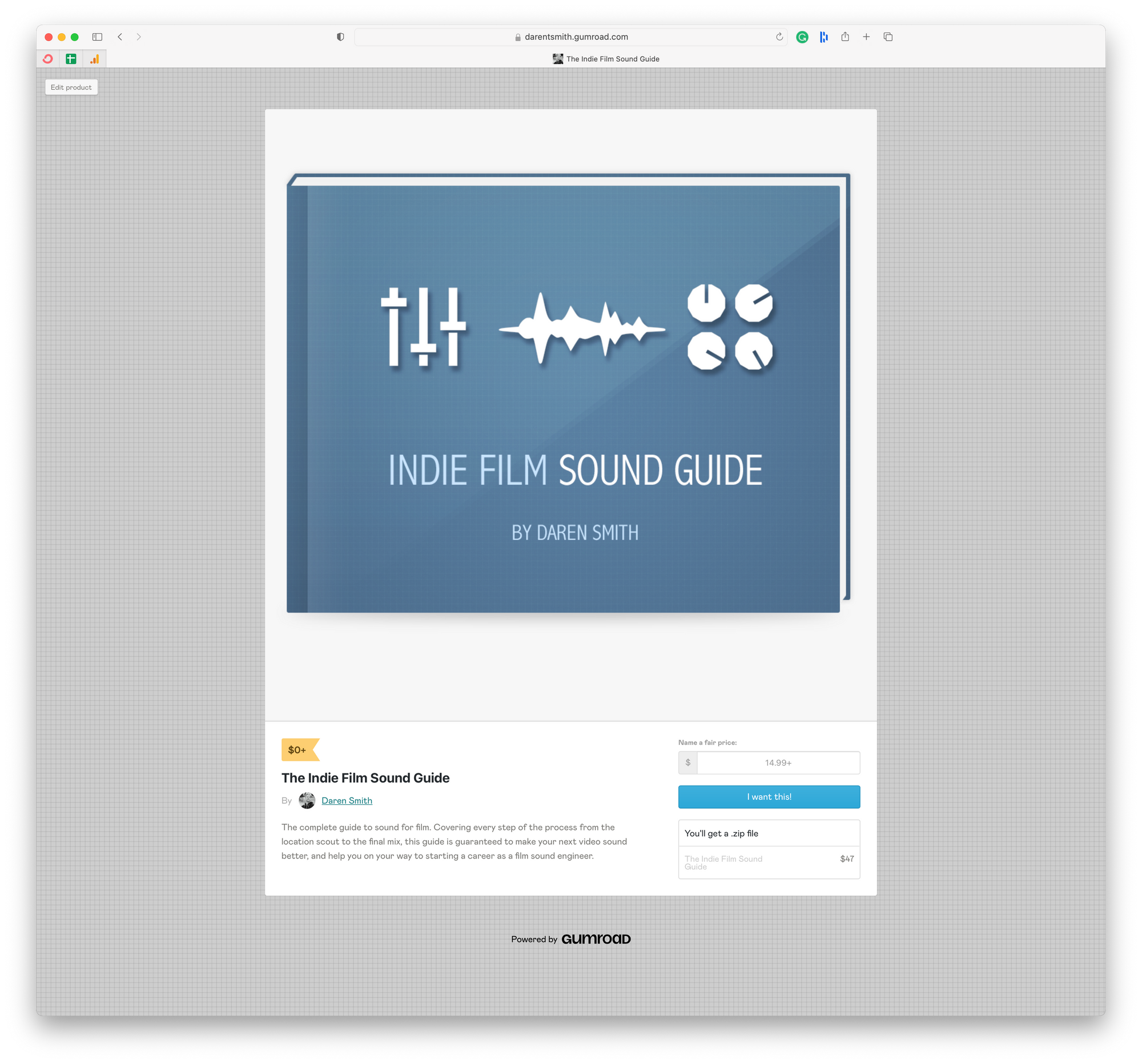
You can even offer a "pay what you want" price, as in the image above.
I even use Gumroad to handle subscriptions to my other business, Benchmark App. Products are a bit more robust on Gumroad, but if you're going the email marketing route, you won't be disappointed in ConvertKit. (Note that Gumroad just changed its pricing so that there is a percentage involved in selling on their platform.)
You can head directly to either of these platforms and set up an account and create your first sales page in less than 30 minutes.
Then, rather than sending people to Spotify or Amazon or some other big platform, you become the platform!
You don't pay ridiculous fees, you don't have to wait for the platform to pay you the money you've made, and you can have a direct connection with your audience. The biggest reason to sell directly to your audience is that when people buy from you you get their email addresses!
You have NO idea who has purchased your product on Amazon, or who has listened to your music on Spotify.
They don't share the info of the people who are buying what you're selling, so it prohibits you from growing your audience in that way.
With ConvertKit or Gumroad, you know every single person that has chosen to become a subscriber as well as a customer, so you can have a more direct relationship to them, and your audience grows with each new purchase.
Extend Distribution Through Platforms
Once you reach a certain point in your business and with your sales, you can then strategically use these other platforms for distribution.
The risk of relying on these platforms too early is the same as building your audience on these platforms.
YouTube could remove a bunch of your subscribers. Facebook could increase the cost to reach your audience. Twitter can deplatform you by canceling your account.
The same goes for these other platforms. They could change their payment structure, lock you out of your account, or refuse to pay out the money you've earned.
Until you have a reliable amount of money and growth happening on your own without these platforms, you should focus there first.
Then, strategically use these platforms to get more sales. Not all of the sales, just more of them.
List your book on Amazon after you've sold the first few hundred copies to your audience in a presale.
Put your music up on Apple and Spotify after you've given your audience a link to purchase the music directly from you first.
Put your product up on Etsy after you've sold it to your audience on your own Shopify store.
Making this shift in the way you sell rewards the trust and permission that your existing audience has already given you. You can give them early access, discounted pricing, or one-of-a-kind versions of your work because they're part of your inner circle, not just some random person who saw an ad and bought your thing on a whim.
Your audience wants that special attention and access to you. So give it to them!
The platforms will always be there ready to make money off of you. Make money for yourself first by selling directly to your audience.
NEXT CHAPTER >

< PREVIOUS CHAPTER



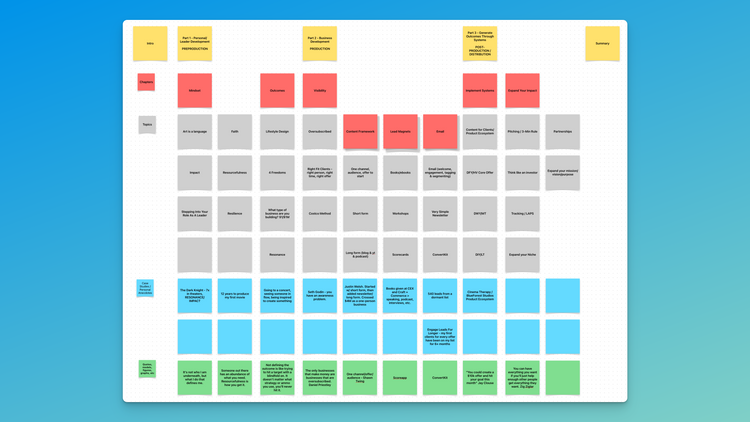
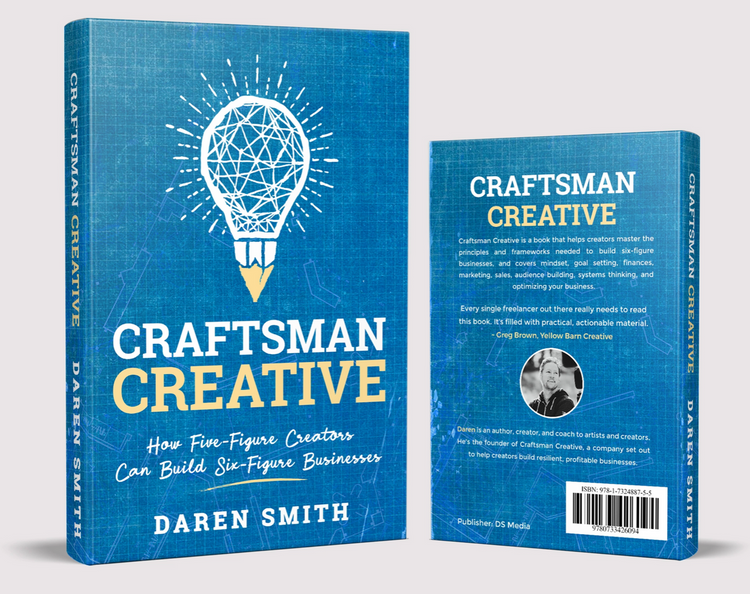



Member discussion